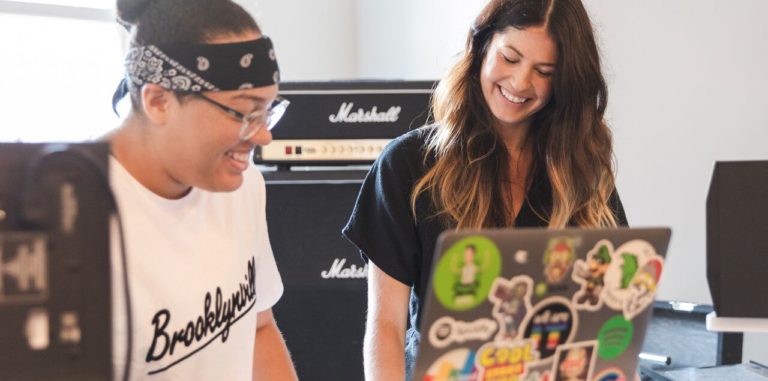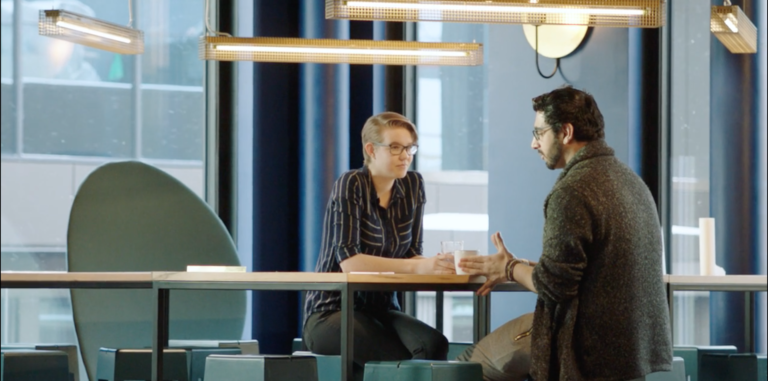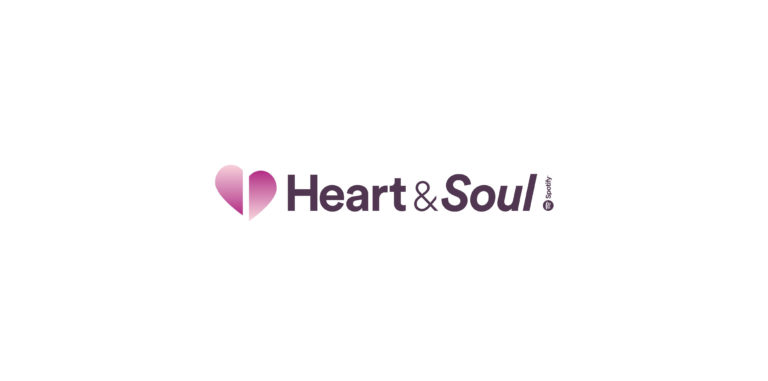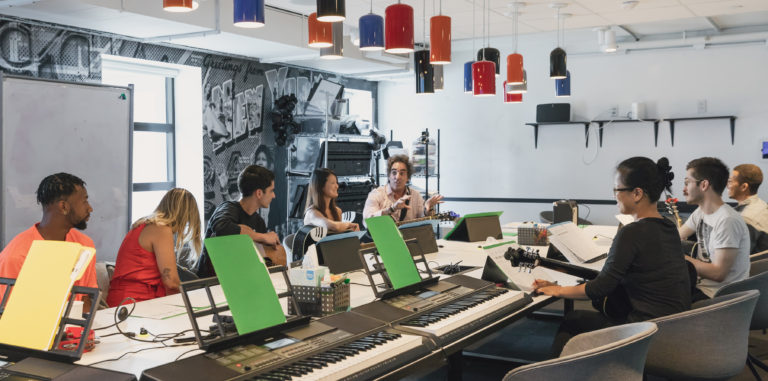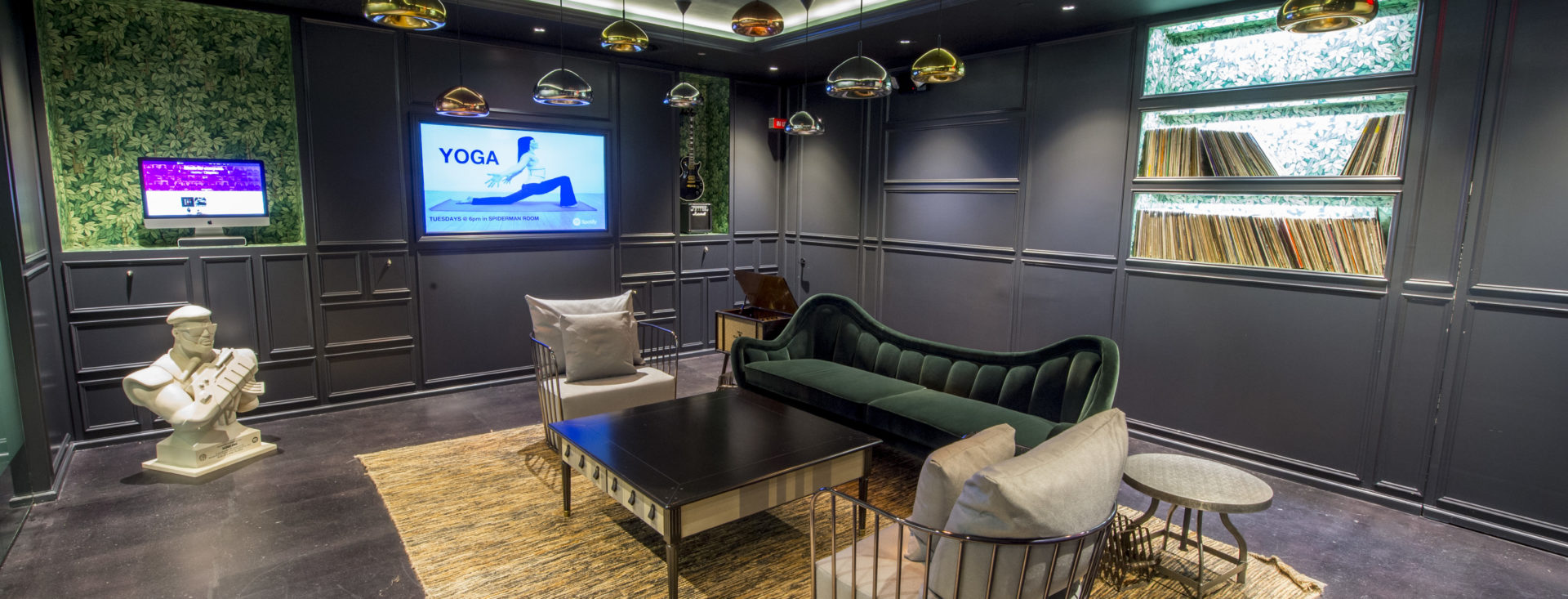
Office Tour: Behind the Scenes at Spotify’s Creative, Collaborative NYC HQ
Walk into Spotify’s offices on West 18th Street in New York City, and it’s clear that the two-floor space isn’t only about music. Of course, there’s music everywhere, including the lobby and the restrooms. Listening rooms provide intimate spaces for visiting artists to play new material. Interviews and recording sessions are conducted in studios.
But Spotify is evolving—from a tech company to a music company and now, a media and creator company that connects people and culture worldwide. And the look and feel of the company’s offices are evolving with it.
“We tend to do things that are a bit outside the box,” says Cecilia Vigil, a Swedish, New York-based design manager at Spotify. “We believe that we’re paving our own way.”
The New York City office is a prime example of a modern, agile, collaborative workspace. The libraries, research labs, squad rooms and collaborative spaces that pepper the interior are choice spots for its employees, plus visitors and artists, to collaborate and create. Vigil calls it a “chaotic, controlled environment”—in the best possible way.
Honest and clean design

Photo credit: Spotify
Spotify’s Swedish roots mean that Scandinavian design influences the core of the company’s offices. Clean, honest woods, palettes of white, gray and pastels, an abundance of plants and soft velvety furniture stay true to that philosophy.
“It’s a very clean palette that doesn’t say much until you add a layer to it. A layer can be different materials or different colors. It can be people, artwork, or music,” Vigil says.
Separate but connected

Photo credit: Spotify
The concept of the string wall—a Spotify signature—was born, after much trial and error, to give the company’s developers a space that had enough physical separation to allow them to work efficiently, but not so much that they felt disconnected from one another.
“We started playing with this whole web of how we could connect the different floors,” Vigil says of the concept, which is now featured in locations from New York and Stockholm to San Francisco and Mexico City. “It has a physical presence of fun colors and shapes.”
The curated effect

Photo credit: Spotify
Spotify’s walls are a rotating gallery for up-and-coming or under-the-radar artists—and even for employees themselves. For instance, it commissioned a mural from New York street artist FAUST.
“We’ve always nurtured local connections in each city we’re in,” Vigil explains. “The most important thing is to really understand the background of the artist. We always try our best to be as diverse as possible, as the world is not viewed from one point of view.
“It’s about how we can stay connected with the art community and how that’s connected to the culture at Spotify.”
An always-evolving experience

Photo credit: Spotify
None of Spotify’s global offices feel overdesigned—and that’s a purposeful approach. “Just as you’d develop your own home, nothing here really stays the same forever,” Vigil explains. The simple act of moving a table, chair or whiteboard can make the space feel new. Or an employee might add a success story to a mural, evolving the look. “That’s a good thing because it means that someone could use what you created as a springboard to be more creative,” Vigil says.
Looking to the future of workspaces

Photo credit: Spotify
Since office spaces are ultimately about functionality, flexibility and creativity, currently in the works is a “Workspace lab” of the furniture and systems Spotify uses or may want to use in the future. Every detail—raised floors, height-adjustable furniture, writeable surfaces and sustainability programs—will be evaluated and evolved.
“We’re constantly changing and trying to see what can be better,” Vigil notes. “How does the power and data connection come from the floor or wall to the computer? How can you change the furniture, connect it back and change it again hundreds of times if you want to?”
A space that gives a sh*t

Photo credit: Spotify
“When I started at Spotify, [CEO] Daniel [Ek] was always talking about how he wanted a space that makes you feel you are welcome whenever you want to come here,” Vigil says. “You’re not always the most creative when you’re working, so you can come in on a Saturday or Sunday and play ping-pong or grab a coffee… People just feel very much at home, and I think that if you see that, you’ve been successful.
“We have a great relationship with our artists. They can see we care about them and about what they do. I think that’s why our offices are so special… It’s not because of a piece of furniture, or because we have an amazing DJ booth. It’s about how we actually connect with creators.”



